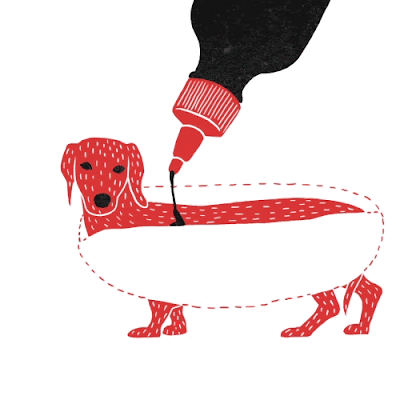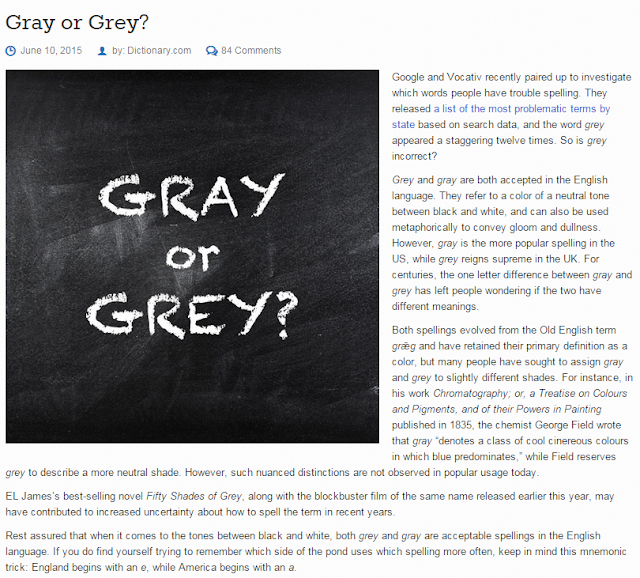New from NPR!科學研究揭開木乃伊血管硬化的真相。
下載聲音檔請點我
New from NPR (對不起上面這張照片有點駭人...)
今天因為趕時間,沒法子再找圖來換了
如果有人看了覺得不蘇胡,我改天把照片換掉...
這篇NPR很有趣,透過木乃伊的研究,發現血管硬化可能是人類老化的自然現象。(當然這不代表大家可以肆無忌憚地吃高脂肪與糖分或是高鈉含量的食物,大家還是要注意飲食)
Mummy Study Shows Heart
Disease Could Be A Natural Human Condition
Researchers have found hardened arteries硬化的血管 after scanning掃描 mummified bodies木乃伊屍體, some of which were more
than 3,000 years old. A more modern diet and lifestyle were once thought to be
the causes of heart disease, but a new study recently published in the journal The Lancet 刺胳(音同哥)針醫學期刊(為歷史最優久的英國醫學周刊)may prove otherwise. Audie Cornish talks to cardiologist心臟病專科醫師 Randall
Thompson, one of the study's authors, about the findings.
AUDIE CORNISH, HOST:
Ever wonder why mummies
always sound like they're suffering from受…的苦 serious indigestion消化不良?
CARTOON CHARACTER #1:
Golly, look.
CARTOON CHARACTER #2:
That's a mummy and it's moving.
CORNISH: A little "Scooby Doo史酷比卡通" for you there. But
that mummy sounds like a cry for some Tums舒緩胃脹氣與消化不良的藥, right?
CORNISH: But seriously,
some scientists have been studying a group of real mummies and they've
discovered that 34 percent of them probably suffered from hardened arteries.
Yes, about a third of the mummies apparently suffered from heart disease. The
study is published in the science journal The Lancet, and it raises a big
question. Does that mean heart disease might simply be part of the aging process老化的過程, not related to diet
after all?
Joining us now is Randall
Thompson. He presented the findings at a meeting of the American
College of Cardiology in San Francisco
DR. RANDALL THOMPSON:
Thank you. It's very nice to be here.
CORNISH: So, I read in
this study that guys did CT scans(computed tomography)電腦斷層掃描 of
137 mummified bodies from different parts of the world. Walk us through帶領我們稍微了解一下
this study and essentially what you found.
THOMPSON: Well, we found
that heart disease is a mysterious killer that's been stalking跟蹤 mankind for over 4,000 years. We found the disease to be
present in four of these cultures across a very wide time span非常長的一段時間 of human history, across a very wide geographic span涵蓋地域非常廣, and in cultures that had
very different diets, very different lifestyles and very different climates.
And so, we concluded that
this disease, atherosclerosis動脈硬化 -
the disease that causes heart attacks心臟病 and strokes中風 -
appears to be related to human aging and is not particularly characteristic of
the any diet or lifestyle.
CORNISH: And you mentioned
four groups. Where did the different mummies come from?
THOMPSON: So the four
groups were ancient
Egyptians古埃及, ancient Peruvians古秘魯人, ancestral Pueblans古葡耶貝拉人(墨西哥)
from the North American Southwest, and ancient Alutian Islanders美國阿拉斯加的阿留申島民.
Actually, the Alutian Islanders were not ancient. They were from the 1800s by
the lives a traditional lifestyle, traditional for them, and that they were
hunter-gatherers who hunted from kayaks愛斯基摩船 and so forth.
CORNISH: So you do the CT
scans and what exactly is it that you find that leads you to believe that, you
know, heart disease is his condition has been with us?
THOMPSON: Well, the tool
we used was a CT scanner. And CT scans demonstrated the calcium鈣質 that are in arteries動脈. And the calcium is part of the disease process that
causes heart attacks and stroke. So it's a clue線索. It's residue殘留物 that's been left behind and, as we've learned, it's
there for a long time. In fact, it's there for hundreds, even thousands of
years.
CORNISH: So what's there?
Is it - are arteries still there...
CORNISH: ...in a mummified
body? Or are you looking at just the calcium?
THOMPSON: What is amazing
is sometimes the arteries were there. So these bodies are 3,000 years old or
older, and we can still make out parts of the body - the aorta主動脈. We could see the calcium inside the aorta, inside the wall of the vessel血管壁. Now, some other times,
the soft tissue, the arteries, had dissolved away and what was left was the
calcium.
We'd see the calcium along
the course of an artery. In those cases, we coded it as probable atherosclerosis動脈硬化, probable disease. And we
categorized the mummies as having definite or probable, based on whether we
could see the artery or not.
CORNISH: Now, should I
feel any less guilty then about Big Mac consumption?
CORNISH: Or are there
other factors here that could contribute to this?
THOMPSON: Right, so it may
be that we have less control over getting heart disease than we like to think
we do but that doesn't mean you shouldn't control the risk factors you should control.
If you've got high blood pressure高血壓, you should have it treated. If you've got high cholesterol膽固醇, you should control your
cholesterol. But there're certainly some diets that are healthier than others
and certainly some lifestyles that are healthier than others, and we all ought
to take care of ourselves.
CORNISH: Well, Randall
Thompson, thank you so much for speaking with us.
THOMPSON: Thank you. It's
a pleasure to be here.
CORNISH: That's Randall
Thompson, cardiologist at St. Luke's Mid-America Heart Institute. He was the
lead researcher on the study that found signs of heart disease in mummified
bodies.











留言
張貼留言